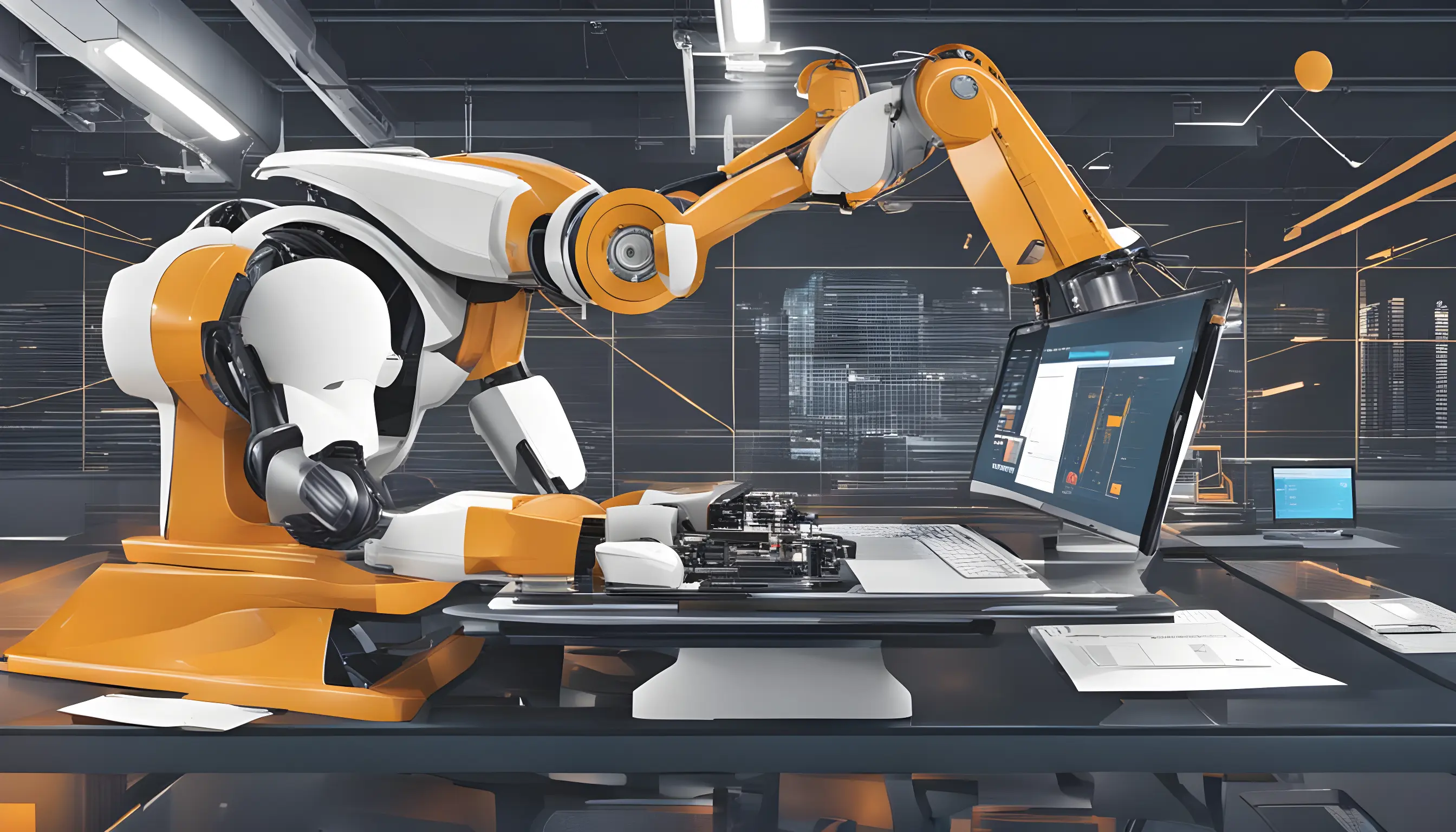
Navigating the Product Development Lifecycle: A Comprehensive Guide
29 Aug 2023, by Product Development Team
Embarking on the thrilling journey of product development is like charting unknown territories with the promise of innovation as your compass. To guide you through this adventure, we present a comprehensive roadmap—the product development lifecycle. This guide breaks down each stage, estimated timeframes, real-world examples, and best practices to set you on a path toward crafting remarkable products that resonate with the world.
Stage 1: Ideation and Conceptualization (Estimated Time: 2-4 weeks)
Every groundbreaking product starts as a spark of imagination. This stage involves brainstorming sessions, market research, and identifying the problem you aim to solve. Take the iPhone: Apple's ideation process was about creating a device that redefined communication and technology integration.
Stage 2: Feasibility Assessment (Estimated Time: 4-6 weeks)
After a brilliant concept takes shape, it's time to evaluate its viability. Analyze technical requirements, financial implications, and operational challenges. Consider Tesla—before the first Model S hit the roads, feasibility assessments paved the way for their electric vehicle revolution.
Stage 3: Design and Development (Estimated Time: 3-6 months)
Designers and engineers transform your concept into a tangible product. From prototypes to iterative refinements, this stage brings your idea to life. An iconic example is the iPod, revolutionizing music with its sleek design and intuitive interface.
Stage 4: Testing and Quality Assurance (Estimated Time: 2-3 months)
Before unveiling your creation, rigorous testing is essential. Identify and resolve any glitches, ensuring your product is flawless. Just as Microsoft's Windows series iterated to improve user experiences, your product should undergo meticulous testing.
>Stage 5: Launch and Market Entry (Estimated Time: 1-2 months)
The moment has arrived—launch your product with a bang. Strategic marketing, setting the right price point, and creating a memorable launch campaign are essential. Consider the launch of the first-generation iPhone—a blend of anticipation, innovation, and seamless marketing.
Stage 6: Post-Launch Support and Iteration (Ongoing)
The journey continues after launch. Engage with users, gather feedback, and implement improvements. Spotify's journey never stopped after its launch; it evolved with personalized playlists and innovative features, continually delighting users.
In conclusion, the product development lifecycle is your compass, guiding you through uncharted territories of creation. Each stage holds its own challenges and triumphs, shaping your product into something extraordinary. As you navigate these stages, remember that the journey is a testament to your dedication, innovation, and desire to make a difference. So, embrace this roadmap, embark on the journey, and let your ideas transform into products that captivate and enrich lives. Your journey starts here—let innovation lead the way!
Related Articles
In the dynamic realm of product engineering, where innovation is the heartbeat of success, Agile methodology stands as a transformational game-changer. By seamlessly blending flexibility, collaboration, and innovation, Agile not only enhances efficiency but also ...
Read MoreThe promise of generative AI to transform workflows is driving more organizations to explore its applications. However, embarking on an enterprise-wide AI implementation can seem daunting. The key is to start small by targeting some low-hanging fruit opportunities. Think of low-hanging fruit as the relatively simple...
Read MoreIn the ever-evolving landscape of technology, the trajectory of product engineering is set to be reshaped by emerging trends that will pivot roles, processes, and outcomes. These trends—Generative AI, Virtual Reality (VR)...
Read More

